- Researchers from The Royal Women’s Hospital, Melbourne, Monash University and the Alfred Hospital, Melbourne, have achieved a world-first breakthrough in ventilator splitting.
- For the first time, researchers tested, in a simulated environment, the potential to ventilate two lungs of different compliances from a single ventilator using only commonly available hospital equipment.
- The authors do not condone the practice of ventilator splitting and say the findings must be applied with caution.
- The COVID-19 pandemic has led to a worldwide shortage of ventilators.
A world-first breakthrough by Australian researchers in ventilator splitting could help hospitals under severe stress as the number of critical COVID-19 cases continues to rise.
For the first time, researchers have successfully tested, in a simulated environment, the potential to ventilate two lungs of different compliances from a single ventilator.
While the authors do not condone the practice of ventilator splitting and say the findings must be interpreted and applied with caution, the experiments demonstrate the hope of simultaneously ventilating two test lungs of different compliances — using only standard hospital equipment — and modifying the pressure, flow, and volume of air in each lung, in case of extreme emergencies.
The COVID-19 pandemic has led to a worldwide shortage of ventilators. The worst affected parts of the globe are already experiencing serious shortages of ventilators, which are needed desperately to treat the failing lungs of seriously ill COVID-19 patients.
The study, published in the international journal Anaesthesia, is led by Dr. Alexander Clarke from the Department of Anaesthesia at The Royal Women’s Hospital in Melbourne, and Dr. Shaun Gregory from the Department of Mechanical and Aerospace Engineering at Monash University.
Dr. Andrew Stephens and Dr. Sam Liao (Faculty of Engineering, Monash University), and Dr. Timothy Byrne (Department of Intensive Care and Hyperbaric Medicine, Alfred Hospital, Melbourne) supported this investigation.
“Patients with COVID-19 may develop progressive viral pneumonitis leading to severe respiratory failure. The combination of unprecedented disease burden and global supply chain disruption has resulted in worldwide shortages of medical equipment,” Dr. Clarke said.
“Despite our advances in the practical application of ventilator splitting, the practice is unregulated and under tested. But as the COVID-19 pandemic continues to grow, some countries, like the USA, may consider ventilator splitting on compassionate grounds. The United States of America Food and Drug Administration has passed emergency use authorization for the splitting of ventilators.
“While ventilator splitting has, at face value, validity in addressing ventilator shortages, we agree that on sober reflection, it is a solution that needs to be weighed up carefully as it may cause more harm than good.”
The basic principle of ventilator splitting is simple — two or more patients are connected to one ventilator and both are exposed to the same circuit dynamics.
This presents many challenges including ventilator and patient synchronicity — ventilation requirements are different for a 100kg (220lb) male and a 50kg (110lb) female, cross-infection from inter-patient gas exchange, oxygen concentration, and the lack of monitoring for individual tidal volume, flow, and pressure. Irregularly pressurized air supply can kill patients.
To counter this, researchers connected a flow restrictor apparatus, which consisted of a Hoffman clamp and tracheal tube, to the inspiratory limb of the ventilator to the high compliance test lungs.
The breathing circuit ran from the humidifier to a hospital-commodity Y-connector splitter. From the splitter, two identical limbs were created, simulating the ventilation of two pairs of patient lungs. The resistance was modified to achieve end-tidal volumes of 500ml ± 20mL.
The addition of the flow restrictor was critical to the way this setup works — without the restrictor, the researchers weren’t able to control airflow to each simulated patient, Dr. Gregory said.
While the research findings are exciting for crisis and trauma medicine, Dr. Gregory says they need to be interpreted and applied with caution.
“Our experiment has demonstrated that in order to deliver a safe tidal volume and airway pressure, a resistance mechanism is required on at least one inspiratory limb of the circuit. One way of achieving this is through the use of a tracheal tube and Hoffman clamp — common, practical items found in hospitals,” Dr. Gregory said.
“While the discovery is promising, the use of this method in the clinical context has not been validated and we don’t recommend its wider use without further trials. We are hopeful of one day being able to get great surety with this approach to ventilator splitting so we can help save lives in dire cases of emergency.”
Reference: “Coping with COVID‐19: ventilator splitting with differential driving pressures using standard hospital equipment” by A.L. Clarke, A.F. Stephens, S. Liao, T.J. Byrne and S.D. Gregory, 9 April 2020, Anaesthesia.
DOI: 10.1111/anae.15078
The study, titled: ‘Ventilator splitting with differential driving pressures using commodity hospital equipment’ was led by Dr. Alexander Clarke (Department of Anaesthesia, The Royal Women’s Hospital, Victoria) and Dr. Shaun Gregory (Faculty of Engineering, Monash University), in collaboration with Dr. Andrew Stephens and Dr. Sam Liao (Faculty of Engineering, Monash University) and Dr. Timothy Byrne (Department of Intensive Care and Hyperbaric Medicine, Alfred Hospital, Melbourne), with additional support from Dr. Daniel Duke (Faculty of Engineering, Monash University) and Professor David Tuxen (Alfred Hospital, Melbourne).

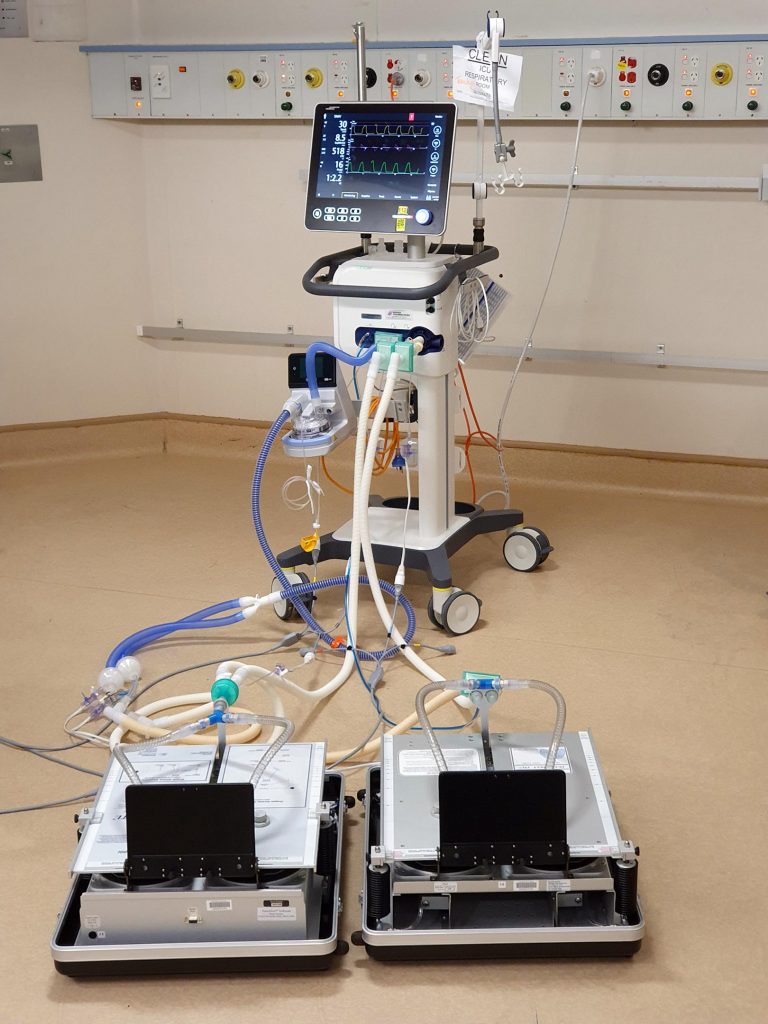
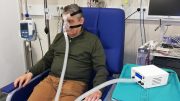
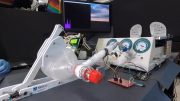
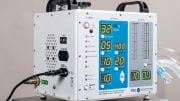
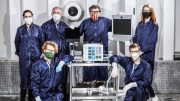
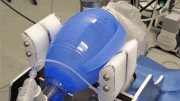
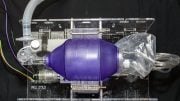
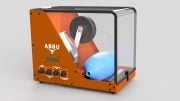
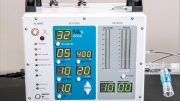
Be the first to comment on "Research Offers Hope as World Struggles With COVID-19 Ventilator Shortage"